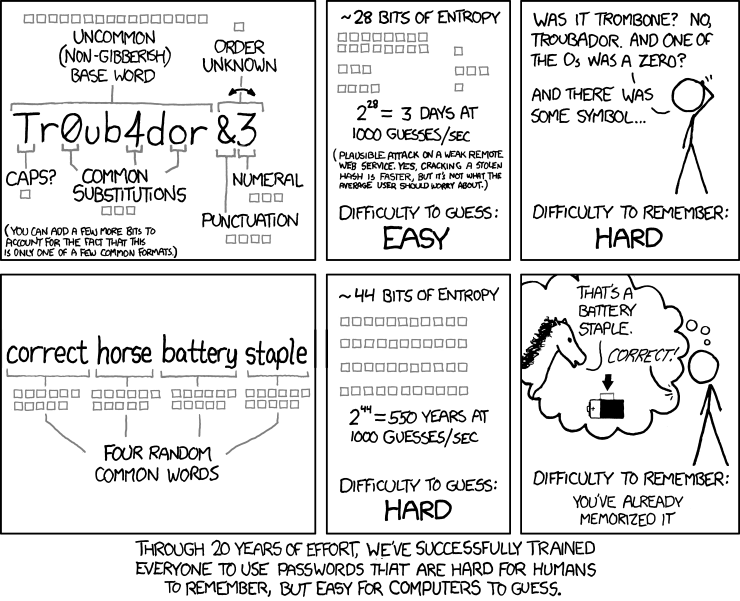Senza spiegazione.
Pagina 10 di 127
Dovete registrare un incontro virtuale o una lezione? Preparare un video che spieghi come usare un software o presentarne uno nuovo?
Uno screen recorder potrebbe essere lo strumento di cui avete bisogno.
Ci sono molte alternative, una rapida ricerca su un motore di ricerca offre almeno una decina di alternative.
Se non volete fare come me, ovvero scaricarne 5 prima di rendersi conto che se non paghi il programma A ti limita a 30 secondi, il programma B ti mette il logo in sovra impressione, il programma C lagga tremendamente, D non registra l’audio ed E una combinazione di tutti i problemi precedenti … scaricate direttamente OBS Studio.
È open source e completamente gratuito, non ha limiti di tempo, registra sia l’audio del PC che il microfono o solo uno dei due, si può scegliere se registrare uno schermo, una finestra, una Tab del browser e con un PC decente regge i 30 FPS.
Non ho molto da aggiungere rispetto alla sempre ottima spiegazione di XKCD. Se non che evidentemente non c’è nessun problema a ricordarsi la propria password, come titolava il più visualizzato giornale online italiano, che in favore dei click e della sintesi banalizza come sempre il problema.
Comunque se nel 2021 non usate un password manager allora io proprio non so’…
La probabilità che, scelto un trifoglio a caso, sia in realtà in quadrifoglio é 1 su 5000, stando a wikipedia, il che significa che la probabilità che scegliendo a caso 9 trifogli sia in realtà tutti quadrifogli é di cinque per dieci alla meno 34. Vincere al SuperEnalotto é molto ma molto più probabile con un bel 1,6 per dieci alle meno 9. Non é andata ovviamente così ma la probabilità di trovarne 9 in un vaso mi sembra spannometricamente molto bassa. Strategie per un calcolo più preciso?

Dopo più di un anno dall’inizio di tutta questa cosa e dopo quattro settimane dalla prima dose di vaccino ho deciso di togliermi il dubbio, grazie alla disponibilità di test sierologici fai da te senza prescrizione. Il risultato? Una timida positività delle IGG e niente IGM.
Quindi nessun contatto col virus prima del vaccino, o se c’è stato é anche stato “dimenticato”.
Riproverò qualche settimana dopo la seconda dose.








